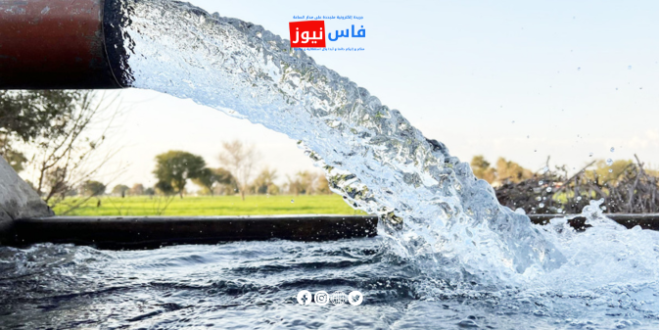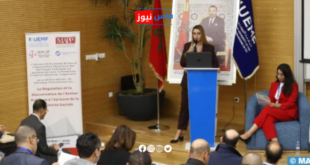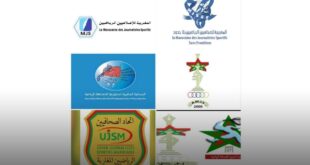The Moroccan platform “Maa Dyalna” has revealed concerning figures about the water needs of the Kingdom’s major cities, with annual drinking water requirements exceeding 1.7 billion cubic meters.
Casablanca, the economic capital of the Kingdom, tops the list of largest water consumers with needs exceeding 207 million cubic meters annually, followed by Tangier with 71.3 million cubic meters, and Marrakech requiring 70 million cubic meters.
In light of these growing needs and recurring drought challenges, the Moroccan government has launched, under royal directives, an ambitious strategy to tackle the water crisis. King Mohammed VI emphasized “the importance of ensuring drinking water for all citizens,” announcing a water plan aimed at covering half of the country’s needs through water desalination plants.
To address these challenges, the Ministry of Equipment and Water, in collaboration with various partners, has begun implementing strategic projects, including the water connection project between the Sebou and Bouregreg basins to secure water supplies for the Rabat-Casablanca corridor, where the capital Rabat alone needs 45.2 million cubic meters annually.
In the north, Tangier relies on the Loukkos basin dams to meet its needs, while Tetouan’s requirements reach more than 40 million cubic meters annually, and Al Hoceima needs 4 million cubic meters. As for Marrakech, the kingdom’s premier tourist destination, it depends on the Tensift basin dams and the Al Massira dam in the Oum Er-Rbia basin to meet its water needs.
 فاس نيوز ميديا جريدة الكترونية جهوية تعنى بشؤون و أخبار جهة فاس مكناس – متجددة على مدار الساعة
فاس نيوز ميديا جريدة الكترونية جهوية تعنى بشؤون و أخبار جهة فاس مكناس – متجددة على مدار الساعة













